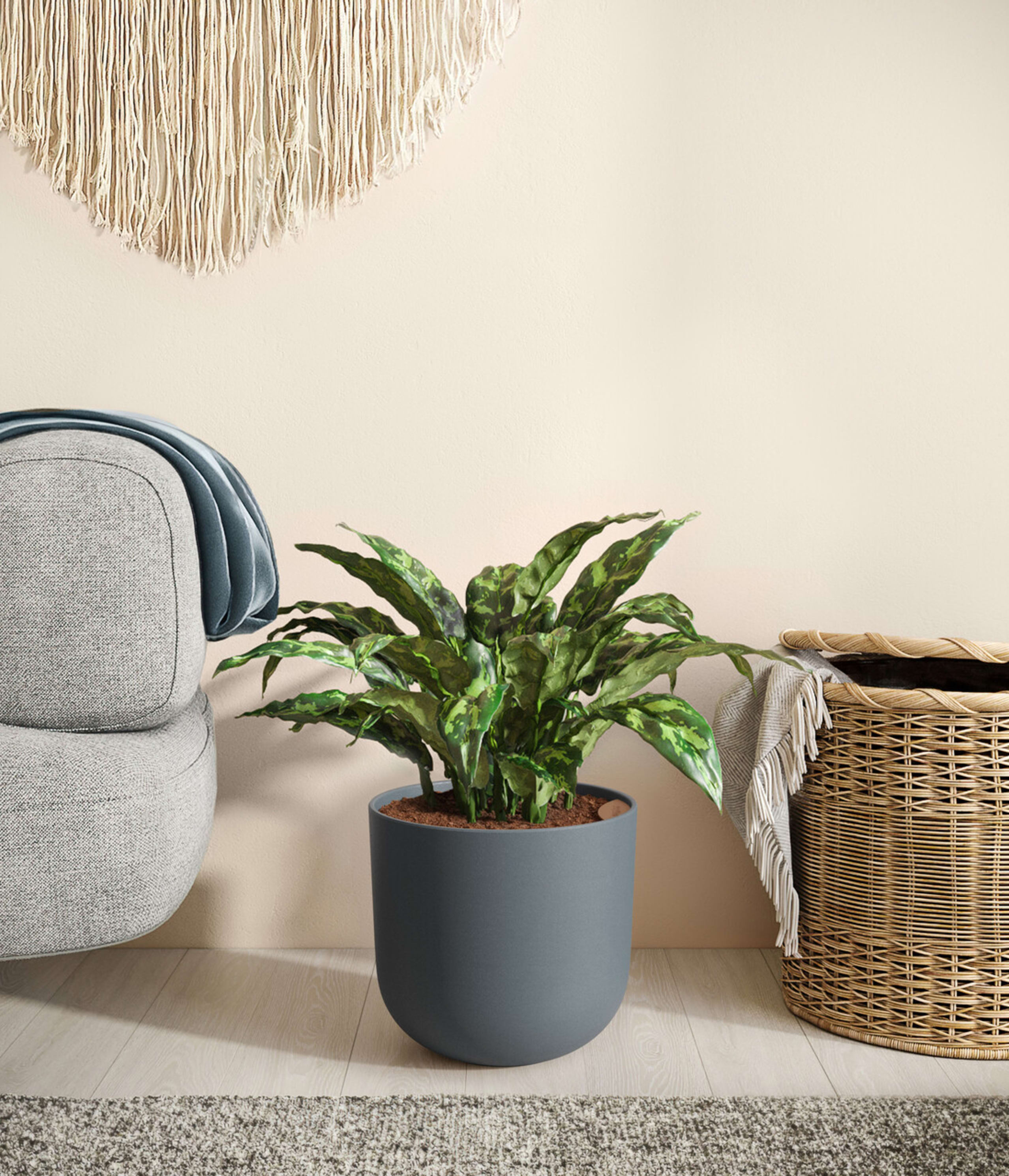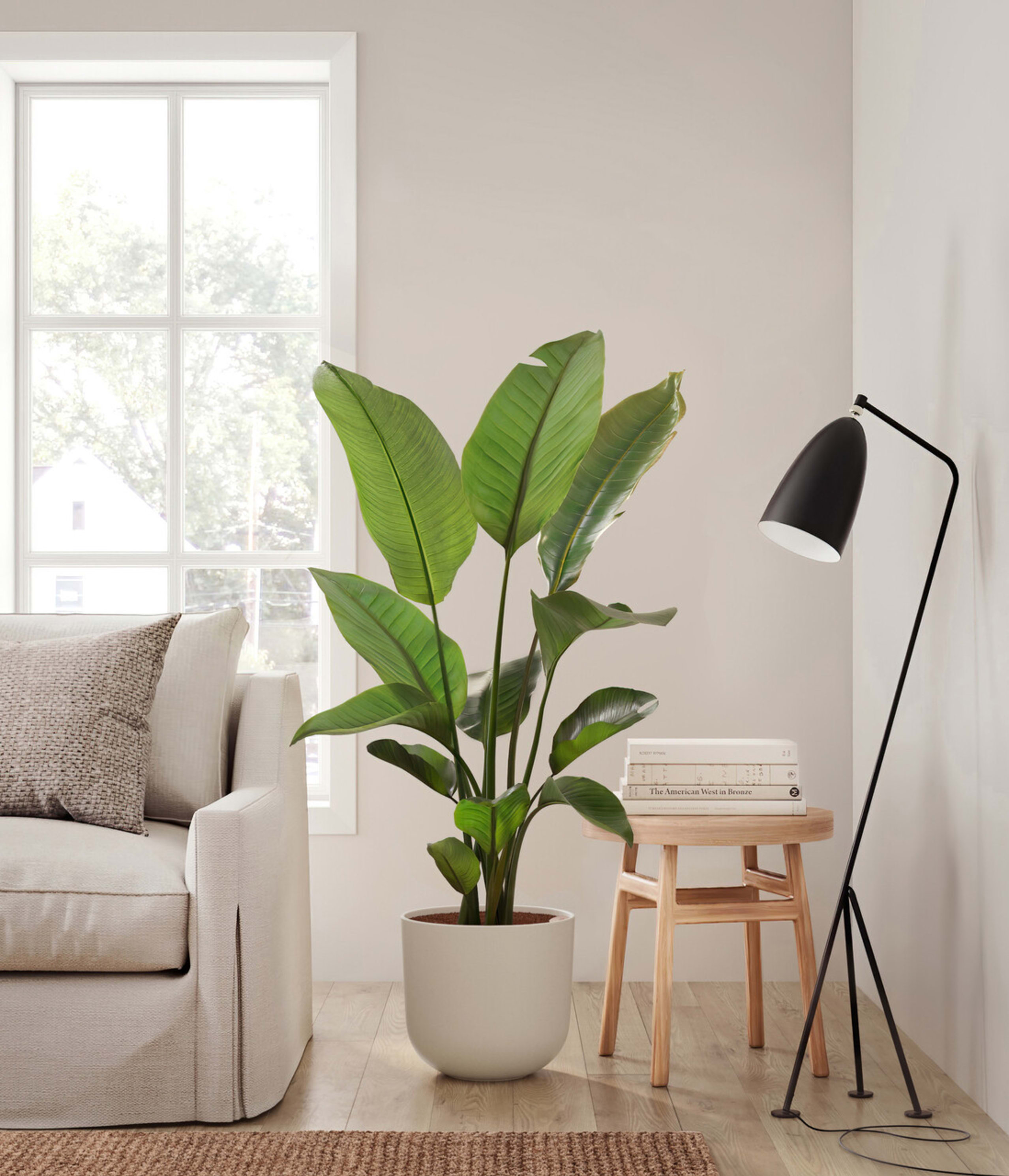How to Care for Ficus Alii
About Ficus Alii
Other common names
- Alii Fig
- Banana-Leaf Fig
- Ficus maclellandii
How Often Should I Water My Ficus Alii?
Ficus Alii Light Needs
Ficus Alii grows best in a space with bright indirect light, where the sun rays are diffused, and can also adapt to spaces with bright direct light, where the sunlight streams inside directly. Avoid placing it in spaces with low light or spaces without natural sunlight.
For optimal growth, position your Ficus Alii near an east-facing window, where it can soak in the gentle morning light, or a few feet away from a south or west-facing window to benefit from filtered sunlight throughout the day. While it can tolerate some direct sunlight, prolonged exposure to intense afternoon rays should be avoided to prevent leaf scorching. If the plant begins to stretch or its leaves lose vibrancy, consider moving it to a brighter location.
Ficus Alii Plant Care
How Big Do Ficus Alii Plants Grow?
Ficus Alii grows slowly and steadily, reaching up to 10 feet tall indoors under optimal conditions. Its slender, elongated leaves can extend up to 10 inches long, adding a graceful, tropical appearance to your space. As the plant matures, the trunk typically becomes bare, allowing the striking foliage to fan out at the top, creating a tree-like structure. While it takes time to reach its full height, the Ficus Alii rewards patience with its elegant, vertical growth and minimal care needs.
Temperature & Humidity
Ficus Alii thrives in warm, stable environments with an ideal temperature range between 65°F and 85°F (18°C – 29°C). It’s important to keep it away from cold drafts and sudden temperature changes, as these can stress the plant.
For humidity, Ficus Alii adapts well to average indoor conditions. If the air is particularly dry, a humidity tray or placing it near other plants can help maintain the necessary moisture levels. This ensures your Ficus Alii remains healthy and vibrant with minimal effort.
Are Ficus Alii Toxic for Pets & Kids?
Troubleshooting Common Problems with Ficus Alii
After bringing home your Ficus Alii, allow it a two-week adjustment period to acclimate to its new environment. During this time, if you notice drooping or brown spots on the leaves, try moving the plant to a brighter spot. Conversely, if the leaves appear crispy or curled, relocate the plant to an area with less direct light.
Yellowing leaves could be a sign of overwatering. Be sure to follow the easyplant instructions: allow the reservoir to fully empty before refilling, which should be done no more than once a month. Brown tips could indicate low humidity or underwatering, so maintaining consistent moisture levels is key.
If you suspect pests, look for small, discolored spots, sticky residue on the leaves, or tiny insects like spider mites, which may appear as small, moving dots, or scale, which look like small, raised bumps on the stems or leaves. If you notice any of these signs, treat them promptly with insecticidal soap or neem oil. Regularly dusting the leaves helps keep the plant healthy and reduces the risk of infestations.
Frequently Asked Questions about Ficus Alii Plant
- How do you care for a Ficus Alii?
Provide bright indirect light, water when the top inch of soil is dry (or once a month if using easyplant), and maintain average humidity and temperature.
- Is Ficus Alii an indoor plant?
Yes, Ficus Alii is well-suited for indoor environments and can thrive in homes and offices.
- How big do Ficus Alii grow?
Ficus Alii can grow up to 10 feet tall indoors under optimal conditions.
- Is a Ficus Alii poisonous?
Yes, Ficus Alii is mildly toxic to pets and humans if ingested. Keep it out of reach of children and pets.

 Small Plants
Small Plants Medium Plants
Medium Plants Plants Collections
Plants Collections Large Plants
Large Plants Huge Plants
Huge Plants